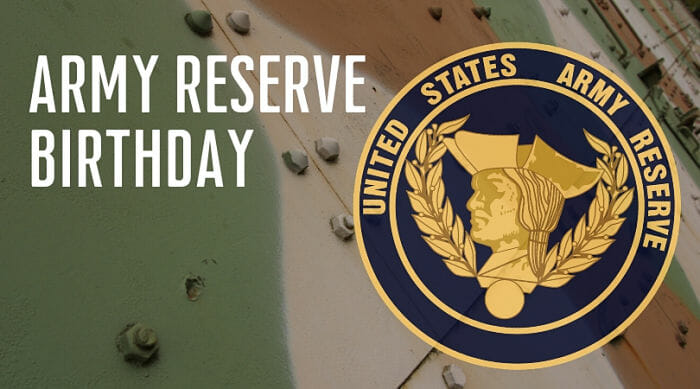The United States Army Reserve celebrates its 113th birthday in 2021. That century-plus milestone is a significant achievement for what the Army Reserve official site describes as “the most capable, combat-ready, and lethal Federal Reserve force in the history of the Nation” and while the United States Marine Corps Reserve might take a bit of exception to that statement, there is no denying that the Army Reserve has played an important role in American military history.
The Army Reserve celebrates its contributions to two World Wars, the Cold War, Korea, Vietnam, Persian Gulf War, and many other missions.
There are Army Reserve communities located in every state in the Union, plus the District of Columbia, Guam, American Samoa, Puerto Rico, and the U.S. Virgin Islands. Reservists have deployed to roughly 30 countries.
Today the U.S. Army Reserve rotates its part-time troops through active-duty mobilizations and monthly training. Some are categorized as “Army Reserve troop program units,” some serve as Individual Mobilization Augmentees (IMA), and still others are placed as non-drilling Individual Ready Reserve members. Army Reservists also have the option to serve on active-duty status known as AGR or Active Guard/Reserve status.
The role of the Army Reserve is more critical than ever in an age characterized by the persistent presence of asymmetric threats of terrorism and radical groups as well as the emerging, dynamic, and highly contentious challenges presented by potential adversaries with the capability, propensity, and willingness to contest America’s military power in all domains.” The Army Reserve continues to play an important part in national defense, humanitarian outreach, and combat operations.

